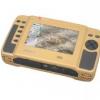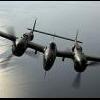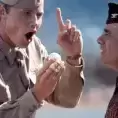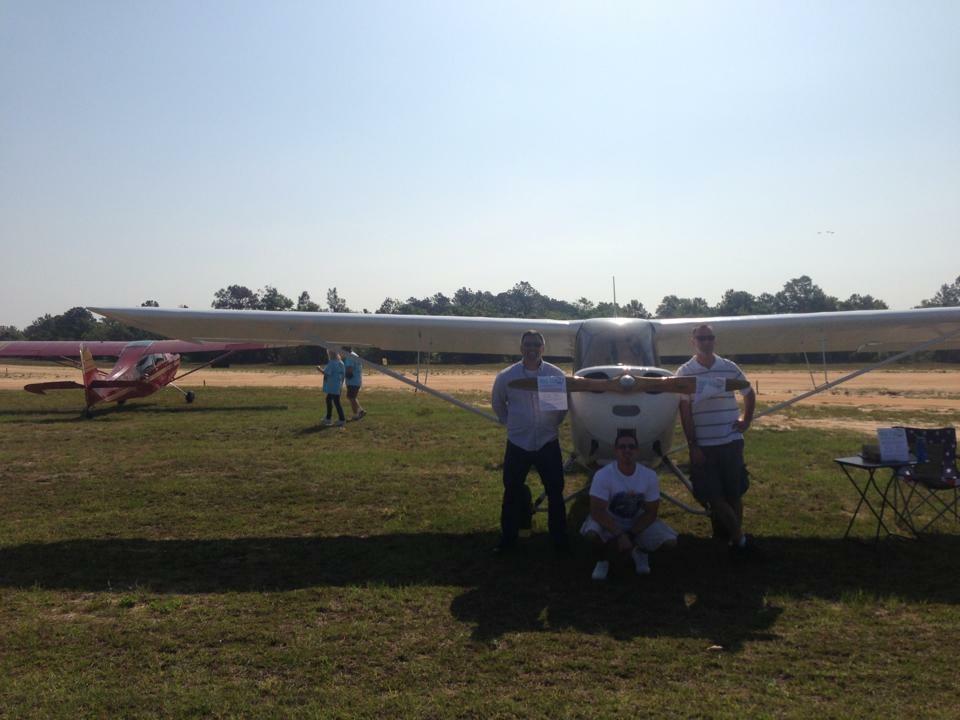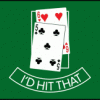I hope the blend of UPT and PTN goes well. Speaking from the perspective of hearing from a bro firsthand how PTN in version 1 went down, to seeing VR force fed into UPT flight rooms, to hearing from another bro instructing at PTN version 2, there’s definitely a lot of merit (IMO) in how they’re adapting technology to assist with instructing.
I see a HUGE problem in how it’s been implemented though. VR goggles and flight sims are in nearly every flight room at laughlin now and but few IP’s have more than a passing familiarity with how to use them. The students catch on how to boot them up quickly but since there’s just videos of guys doing 69 patterns and aerobatics, with no integrated narrator or instructor on the vid, the sims are glorified chair flying or time-wasting machines. That’s not a bad thing necessarily but there’s a lot of untapped potential in these things.
Sidebar: i was a FAIP that went through IFF somewhat recently and they’ve got these same cheap VR sims too. A critical difference at IFF though, was that the videos on these sims weren’t just raw videos but were edited to show a birds eye view of the engagement being flown in ACMI and a small window that had a perspective dedicated to looking at the bandit, on top of the view of go pro footage of the fight. That was HUGE for being able to see the pacing of the fights, to anticipate how fast a cross check had to be, the comm to set up and term an engagement, and most critically where to expect to regain sight of the BDT in DBFM. Anecdotally, the bros who sat in these did better than those who did not. Now if there had been higher a fidelity view of the BDT at range and a dedicated IP to talk you through it (or at least a consistently high quality narrator option), then I think that these sims would have been way more effective than the WST sims they had us do for OB/DB.
Maybe in the future it’s a part of academics to sit in the VR sims and study the flow from similar videos, followed by more where you monkey through the left hand/right hand stuff on your own in prepar3d or some program, before a ‘capstone’ sim with a CSI, so that the majority of the learning doesn’t require an IP. Who knows what will be it would be interesting to see the effectiveness of making a lot of that stuff easier to learn.
Long story short- I think there’s tremendous potential with the sims, but the knowledge of what to use them for and how to make a good product for them is lacking. The VR sims need a significant amount of effort to mold them into effective training aids which takes time and (most important) technical knowledge. We’ve thrown the sims at people and yelled at them to innovate, and we wonder why people are exasperated and unimpressed by the haphazard results.





